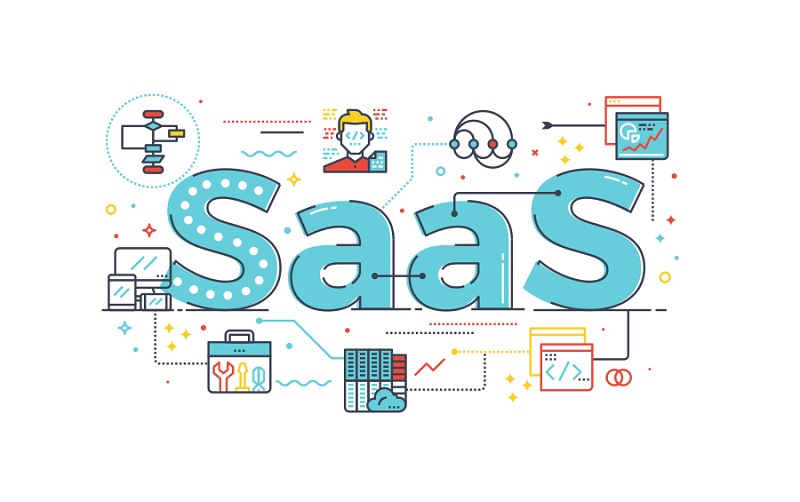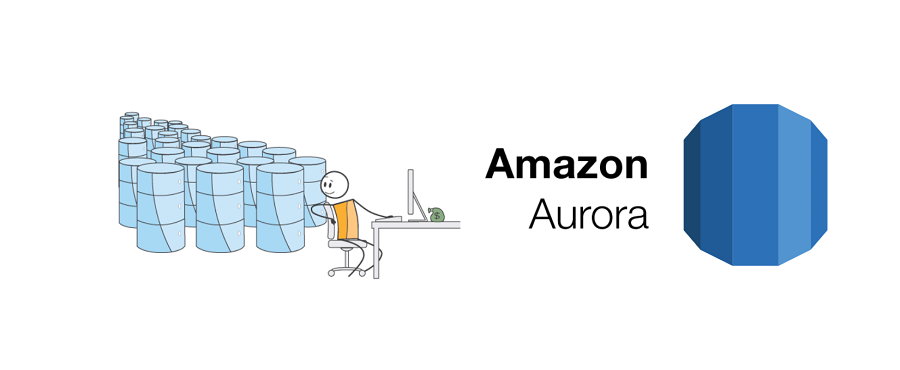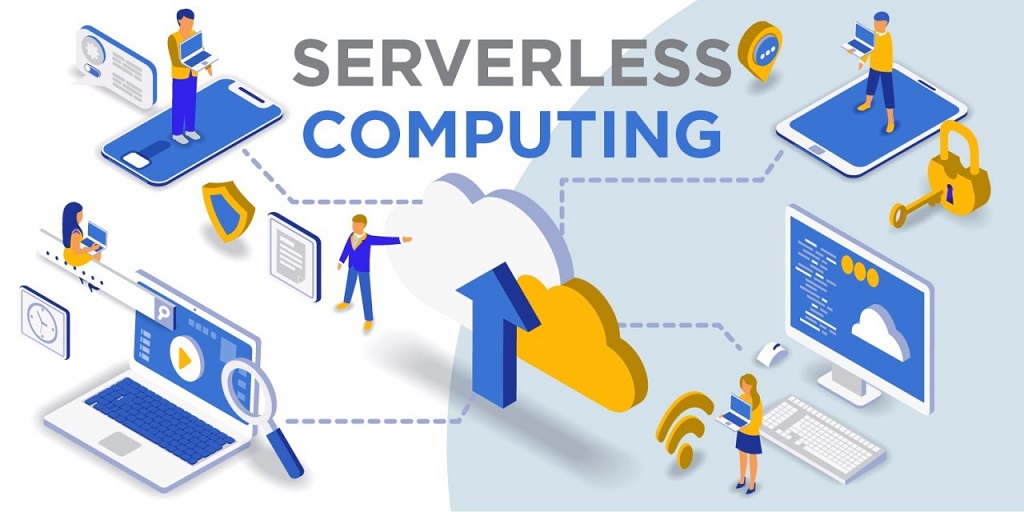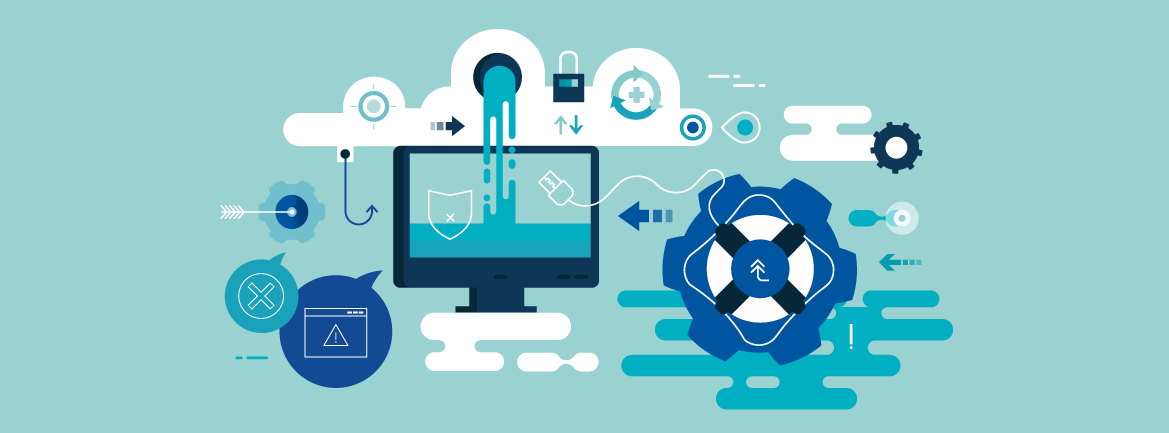Welcome to the cloud—a digital realm where innovation meets convenience, and acronyms like SaaS float effortlessly in the tech breeze. But what exactly is SaaS in cloud computing? Don’t fret; I’m here to unravel the mystique and guide you through the wonders of Software as a Service.
The Basics: What Is SaaS?
Let’s kick off with the fundamentals. SaaS stands for Software as a Service, and it’s a paradigm within cloud computing that’s transforming the way we access and use software. In simpler terms, SaaS delivers software applications over the internet, eliminating the need for users to download, install, or maintain the software on their devices.
Picture It: SaaS as a Digital Buffet
Imagine SaaS as a virtual buffet, where instead of cooking and maintaining your software dishes, you stroll in, pick what you need, and enjoy a ready-to-use feast. Whether it’s project management, customer relationship management, or creative design tools, SaaS serves up a variety of applications, each tailored to meet specific needs.
The Cloud Connection: Where SaaS Takes Flight
Now, let’s talk about the cloud, the ethereal space where SaaS spreads its wings. Cloud computing provides the infrastructure and platform for SaaS to thrive. Instead of relying on local servers and hardware, SaaS applications reside on remote servers in data centers, accessible to users via the Internet. It’s like having a personal chef (the cloud) cooking up your favorite dishes (SaaS apps) in a distant kitchen.
The Advantages: Why SaaS Is a Game-Changer
Accessibility: With SaaS, you can access your software from any device with an internet connection. No more being tied to a single desktop or lugging around external drives—your software travels with you.
Cost-Efficiency: Say goodbye to hefty upfront costs for software licenses. SaaS operates on a subscription model, allowing you to pay for what you use. It’s like paying for your favorite streaming service, but for software.
Automatic Updates: Forget about manually updating software versions. SaaS providers handle updates and maintenance, ensuring you always have access to the latest features and security patches.
Collaboration Made Easy: SaaS applications are designed with collaboration in mind. Multiple users can seamlessly work on projects, share documents, and communicate in real-time, fostering teamwork regardless of geographical location.
Scalability: As your business grows, so can your software. SaaS scales effortlessly, accommodating the changing needs of your organization without the headache of extensive installations or hardware upgrades.
Real-World Examples: SaaS in Action
Let’s put theory into practice with a peek at some everyday SaaS applications:
1. Google Workspace: Your Digital Office
Formerly known as G Suite, Google Workspace is a prime example of SaaS excellence. From email and document collaboration to video conferencing, it encapsulates the versatility and accessibility of SaaS in a business setting.
2. Salesforce: Elevating Customer Relationships
Salesforce revolutionized customer relationship management (CRM) with its cloud-based SaaS solution. Businesses leverage Salesforce to manage customer data, streamline communication, and enhance overall customer experiences.
3. Microsoft 365: Productivity Unleashed
Microsoft 365, encompassing familiar tools like Word, Excel, and PowerPoint, epitomizes SaaS simplicity. It brings the entire Microsoft Office suite to the cloud, allowing users to create, edit, and collaborate seamlessly.
FAQs: Unraveling the SaaS Enigma
Is SaaS only for businesses, or can individuals benefit too?
SaaS is beneficial for both businesses and individuals. Individuals can enjoy the flexibility and accessibility of SaaS applications for personal use.
How secure is SaaS, considering it operates in the cloud?
SaaS providers prioritize security, implementing robust measures such as encryption, authentication, and regular security updates to safeguard user data.
Can I use SaaS applications offline?
Some SaaS applications offer offline capabilities, allowing users to work without an internet connection. However, features may be limited in offline mode.
Are there free SaaS options available?
Yes, many SaaS providers offer free versions or trials of their applications. However, premium features may be unlocked with a subscription.
What happens if a SaaS provider goes out of business?
In the event of a SaaS provider closing down, users are typically given ample notice to retrieve their data or migrate to alternative solutions. It’s a rare occurrence but underscores the importance of data ownership and contingency planning.
In Conclusion
As we bid adieu to the mystique surrounding SaaS in cloud computing, it emerges not as a complex enigma but as a digital ally—streamlining software solutions, fostering accessibility, and unleashing a new era of collaboration. So, the next time you tap into a cloud-based application, remember: that you’re savoring the delights of SaaS in action.






